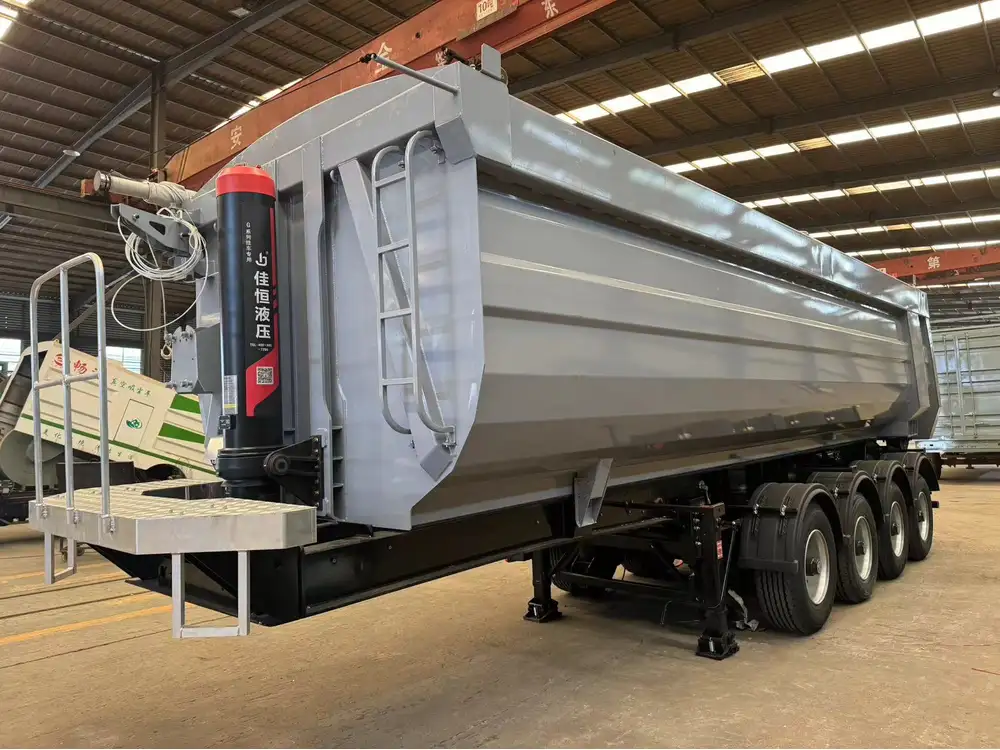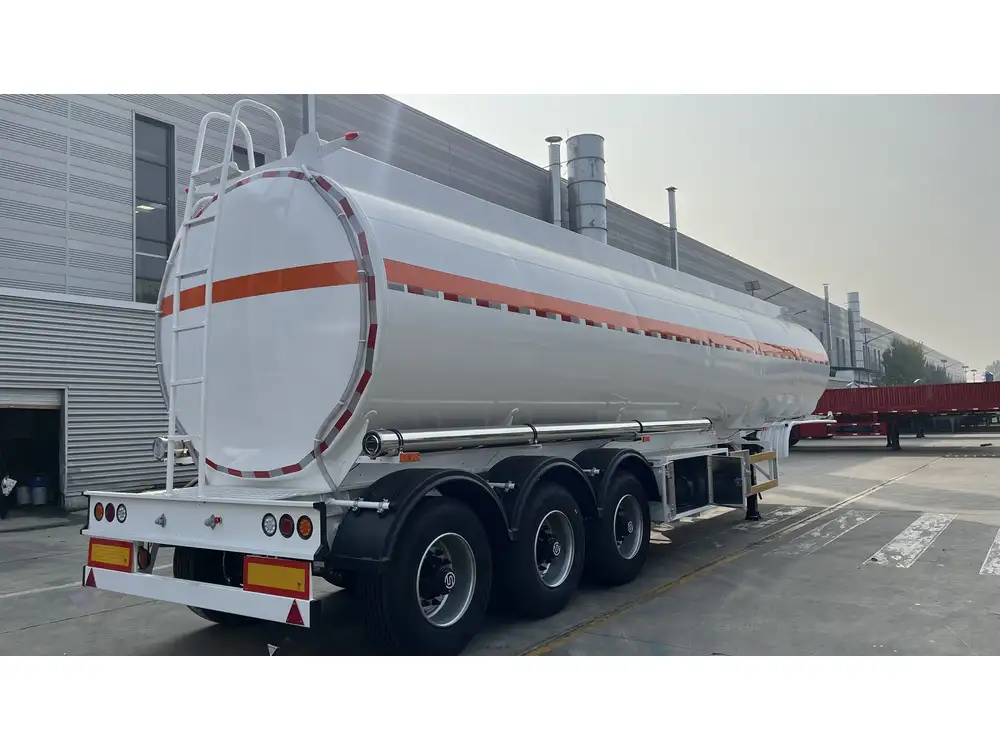Big Tex Dump Trailers are renowned in the hauling industry for their robust design, durability, and efficiency in transporting loose materials. Whether you’re a contractor, homeowner, or a heavy-duty equipment operator, understanding how to operate a Big Tex Dump Trailer effectively will not only enhance your operational efficiency but can also ensure safety during use.
Table of Contents
- Understanding Your Big Tex Dump Trailer
- Overview of Features
- Common Uses
- Pre-Operation Safety Checks
- Equipment Inspection
- Safety Gear
- Preparing for Transportation
- Loading Procedures
- Weight Distribution
- Operating the Dump Trailer
- Connection and Setup
- Dumping Procedures
- Maneuvering Techniques
- Post-Operation Maintenance and Care
- Cleaning and Inspection
- Storage Best Practices
- Troubleshooting Common Issues
- Conclusion
1. Understanding Your Big Tex Dump Trailer

Overview of Features
Big Tex Dump Trailers come equipped with various features that facilitate ease of use and enhance operational capabilities. Some key features include:
- Heavy-Duty Construction: Made from high-strength steel, ensuring a long lifespan and the ability to carry heavy loads.
- Hydraulic Lift System: Provides efficient dumping capabilities, reducing manual effort.
- Multiple Size Options: Available in various lengths and configurations to meet different hauling needs.
Common Uses
Big Tex Dump Trailers are versatile. They’re used for:
- Construction Sites: Transporting materials such as gravel, sand, and debris.
- Landscaping Projects: Hauling soil, mulch, and other landscaping materials.
- Residential Projects: Moving furniture or large items during relocations.
2. Pre-Operation Safety Checks

Equipment Inspection
Before operating your Big Tex Dump Trailer, it’s imperative to perform a thorough inspection:
| Element | Checkpoints | Importance |
|---|---|---|
| Tires | Inflation and tread depth | Ensures stability and safety |
| Brake Systems | Functionality and fluid level | Critical for stopping power |
| Hydraulic System | Leaks and functionality | Prevents operational failures |
| Lights and Signals | Proper operation | Enhances visibility for safety |
Safety Gear
Always wear proper safety gear, including:
- Hard Hat: Protects your head from falling debris.
- Safety Glasses: Shields your eyes from dust and particles.
- High Visibility Vest: Ensures you’re visible to others, especially in construction zones.
3. Preparing for Transportation

Loading Procedures
When loading your Big Tex Dump Trailer, adhere to the following:
- Check Weight Limits: Always adhere to the manufacturer’s specified weight limits to prevent overloading and ensure safety.
- Use Proper Techniques: Load materials gradually, distributing weight evenly.
- Secure Loads: Use straps or nets to secure contents, preventing shifts during transit.
Weight Distribution
Proper weight distribution is crucial for stability:
- Load heavier materials towards the front for balanced towing.
- Maintain a low center of gravity to prevent tipping.
4. Operating the Dump Trailer

Connection and Setup
- Hitching: Align the trailer’s coupler with the vehicle hitch and secure it appropriately.
- Wiring: Ensure all electrical connections are made, including brake lights and turn signals.
- Security Check: Double-check safety chains and straps are correctly attached.
Dumping Procedures
To dump materials effectively:
- Positioning: Position the trailer on level ground if possible.
- Lifting: Activate the hydraulic lift using the trailer’s control. Ensure no one is underneath or near the dumping area.
- Dumping: Once elevated, allow materials to flow out completely. Monitor for any blockages.
Maneuvering Techniques
Effective maneuvering is critical in tight spaces:
- Slow and Steady: When driving, maintain a slow speed, especially in residential areas.
- Turning: Use wide turns to avoid clipping obstacles that may damage the trailer.
- Backing Up: Use mirrors or a spotter to assist in backing up.

5. Post-Operation Maintenance and Care
Cleaning and Inspection
After each use, consider the following cleaning steps:
- Remove Debris: Clear out any residual materials from the bed and ensure no blockages in hydraulic systems.
- Wash Trailer: Use water and mild soap to clean the trailer to prevent rust and deterioration.
Storage Best Practices
To prolong the life of your Big Tex Dump Trailer:
- Store it indoors when possible to shield it from harsh weather.
- Regularly inspect for any signs of rust or damage and address issues promptly.

6. Troubleshooting Common Issues
Even with high-quality products like Big Tex Dump Trailers, issues can arise. Here’s a brief guide to some common problems:
| Problem | Symptoms | Possible Solutions |
|---|---|---|
| Hydraulic Lift Failure | Lift not engaging properly | Check hydraulic fluid level; inspect for leaks. |
| Unresponsive Brakes | Inability to stop safely | Inspect brake fluid and lines; check for leaks. |
| Uneven Dumping | Materials not releasing evenly | Ensure the trailer is on level ground; check for blockages. |
7. Conclusion
Operating a Big Tex Dump Trailer is a straightforward yet critical process that requires knowledge of best practices, safety measures, and proper maintenance. By understanding the specifications and operational techniques, you can enhance efficiency and ensure a long service life for your equipment. Before embarking on a project, ensure you are well-versed in the trailer’s operations for a smooth and effective experience. Recognizing the essential aspects covered in this article will prepare you to tackle various hauling tasks successfully.
For more comprehensive insights or specific questions regarding your Big Tex Dump Trailer, consult your owner’s manual or reach out to a certified dealer. Safe hauling!



